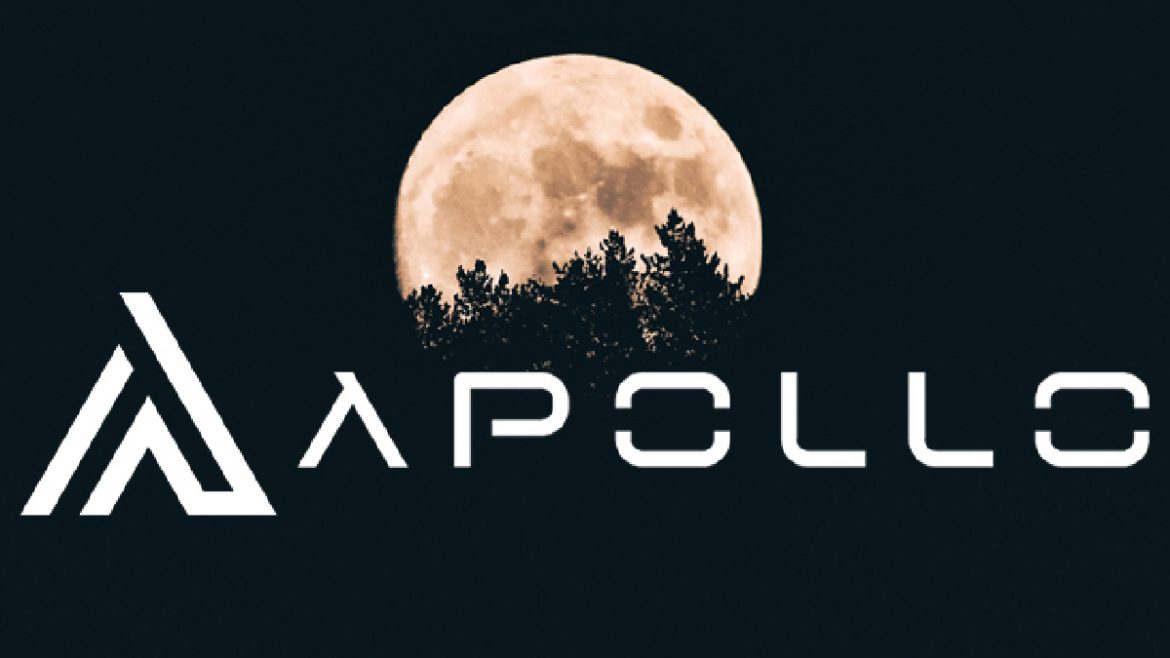While several attempts were made to create an all-in-one cryptocurrency, the Apollo Foundation has made history by becoming the first project to utilize sharding on an active blockchain and one of the first cryptocurrency ventures to implement a solution to blockchain bloat.
The project went live with sharding on April 1, 2019 with its first shard segmented on the blockchain at block 2,225,000. This event signaled a monumental accomplishment towards blockchain advancement and a revolutionary moment in cryptocurrency history. Unlike other all-in-one cryptocurrencies that are geared towards solving the challenge of volatility within the crypto market, Apollo focuses on solving the challenge of “blockchain bloat” – in essence, the issue of scalability.
The current problem with blockchains is that although each block only adds a small amount of data, information accumulated over time leads to an astronomically large database. The accumulation of data from blocks will inevitably result in slower speeds, reduced functionality, and difficulty downloading its database.
Sharding increases the speed of blockchain downloads. It reduces the cycle-time of operations, as well as lowers the needed disk space. It might be clear to say that Apollo is innovating the crypto space because until recently, this whole idea of sharding was just a theory.
How sharding works
An increasing number of transactions leads to a constant increase in the Apollo database. This process goes faster with shorter block times. Naturally, a blockchain requires full access to the ledger from beginning to end to verify each transaction, but this task does not run every time. Most operations require smaller parts of an entire database and that creates an opportunity for efficiency. When a shard executes, the ledger database splits into time-based segments on each node in the consensus, with each node knowing when that split occurred. Each shard completes every 750,000 blocks after 1,400 blocks of acknowledgment.
Anticipating Future Network Challenges
Distributed ledger technologies (DLT) are undergoing 80% compound annual growth rate (CAGR) and they are expected to become a $23 billion industry worldwide by 2023 according to ReportLinker. The $300 billion cryptocurrency market is estimated to have 32% CAGR by 2025 according to Market Insights Reports. This could lead to massive instability in the network and the Apollo team had to significantly renovate the data-exchange mechanism, which allows using other types of sharding and optimization in the future.
These top two features – Sharding and Adaptive Forging make Apollo the most sustainable blockchain compared to the rest. It may be no coincidence that it is also the fastest in settlement speed. Other mainstream cryptocurrency projects have been unsuccessful at creating similar sustainability solutions in the past. Apollo is an all-in-one cryptocurrency that combines nearly all of the features of mainstream cryptocurrencies and, to date, it is the fastest, most feature-rich cryptocurrency on Earth.
Disclaimer
Content provided by CryptoTraderNews is for informational purposes only, and should not be construed as legal, tax, investment, financial, or other advice. All information is of a general nature. As always, there is risk with any investment. In exchange for using our products and services, you agree not to hold CryptoTraderNews Pro, its affiliates, or any third party service provider liable for any possible claim for damages arising from decisions you make based on information made available to you through our services.
